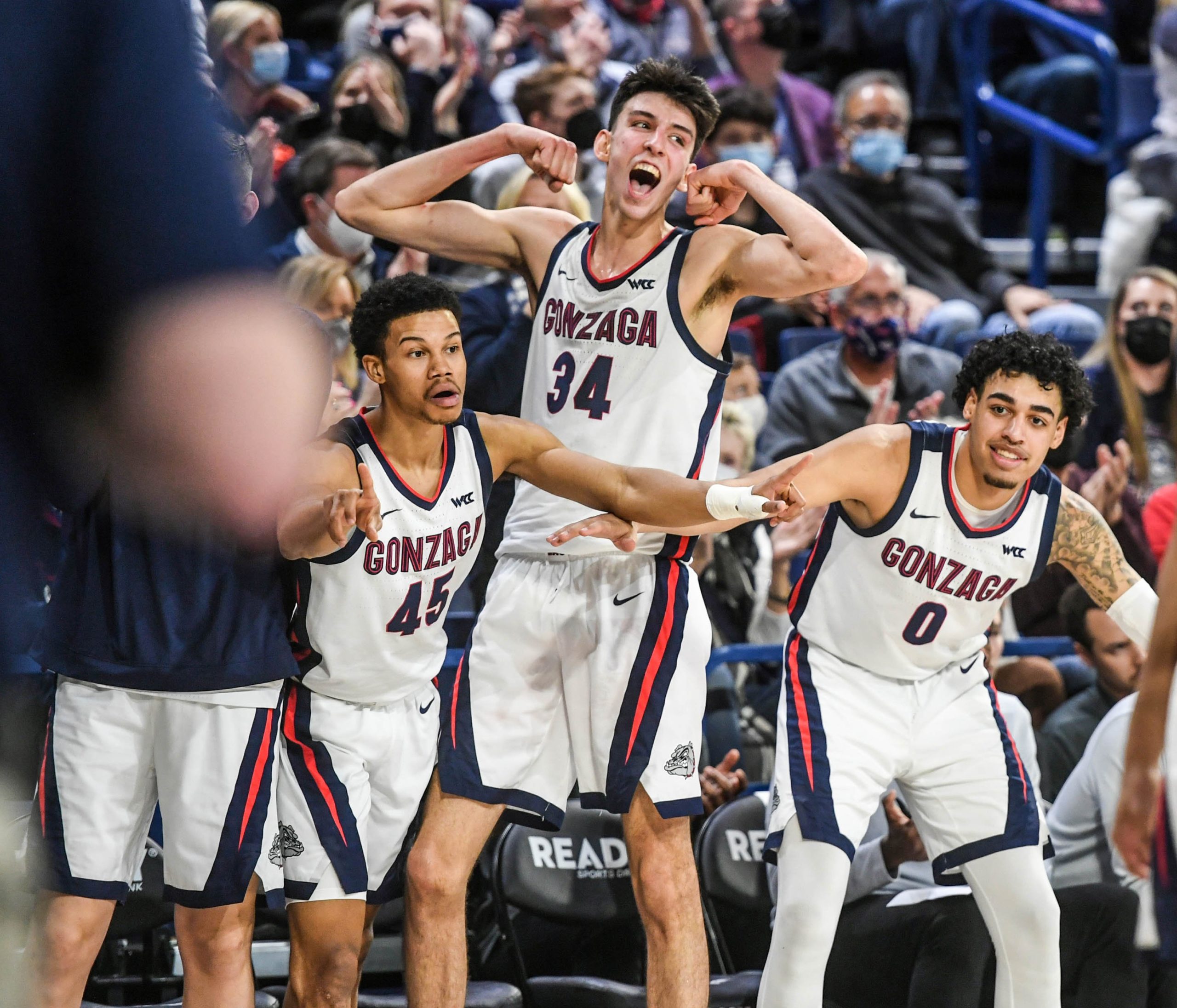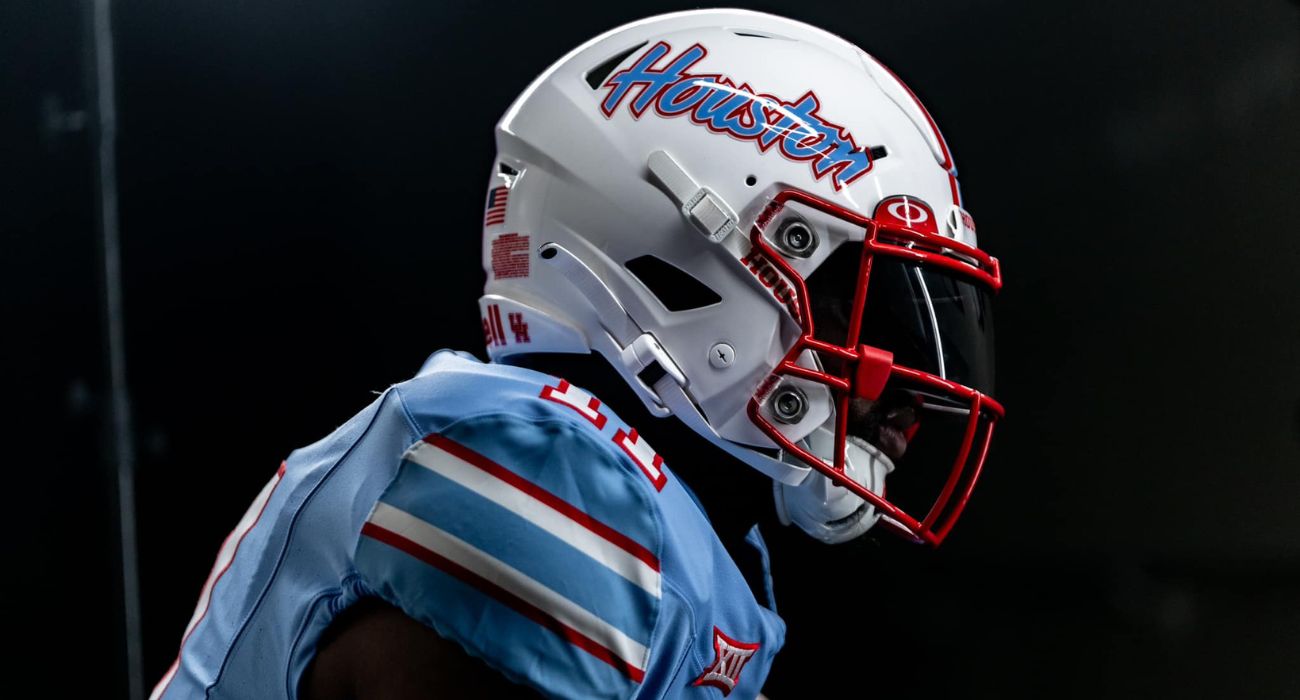The NCAA college basketball committee has announced the 68 teams that will compete in this year’s national tournament.
A total of 36 teams earned automatic bids as winners of their conference tournament. That left the 32 remaining teams to be selected by the committee and given “at-large bids” to compete.
The teams are then seeded from 1-16 into four different brackets (West, South, Midwest, and East). The winner of each bracket advances to the semifinals, known as the Final Four.
This year’s top overall seed was the Gonzaga Bulldogs of the West Coast Conference (WCC), who will compete in the West region. It is the second consecutive year they have been the No.1 overall seed and the fifth time under coach Mark Few that they will be a one-seed.
Gonzaga is joined by Arizona (South Region), Kansas (Midwest Region), and defending champion Baylor (East Region) as one-seeds in the tournament.
In the first round, Gonzaga will play the No.16 seed in the west region, Georgia State. A 16-seed has only defeated a one-seed once in NCAA Tournament history.
The No.2 seed in the West region is the Duke Blue Devils of the Atlantic Coast Conference (ACC), who will face Cal-State Fullerton in the first round. After this season, Hall-of-Fame coach Mike Krzyzewski, the Blue Devils’ coach since 1980, is retiring, giving his players extra motivation to send him out with a championship.
The three-seed in the West region is the Texas Tech Red Raiders from the Big 12 conference. Texas Tech finished the regular season third in the Big 12 and lost to Kansas in the conference tournament final. The Red Raiders will face 14-seed Montana State, the champions of the Big Sky Conference. The game will tip-off at 12:45 Central Time on Friday, March 18 in San Diego, California.
If Texas Tech defeats Montana State, they will face either the six-seed Alabama Crimson Tide, Rutgers, or Notre Dame. Rutgers and Notre Dame will have to win a play-in game on Wednesday night to determine who will be the 11-seed in the West bracket.
Other matchups in the West region include: four-seed Arkansas facing 13-seed Vermont, five-seed UConn taking on 12-seed New Mexico State, seven-seed Michigan State taking on 10-seed Davidson, and eight-seed Boise State going up against nine-seed Memphis.
In the South Region, Pac-12 champions the Arizona Wildcats will face the winner of a play-in game for the 16-seed between Wright State and Bryant.
If the Wildcats win, they will face the winner between eight-seed Seton Hall, which earned an at-large bid out of the Big East, and the nine-seed TCU Horned Frogs, who finished the regular season as the fifth-place team in the Big 12. This is only TCU’s second appearance in the NCAA tournament since 1998. The Horned Frogs will tip off against Seton Hall at 8:57 p.m. Central Time on Friday in San Diego.
The two-seed in the South region is champion of the Big East Conference Villanova, which will face the 15-seed Delaware. The three-seed is Southeastern Conference (SEC) tournament champion Tennessee, who will go up against 14-seed Longwood, making its first-ever tournament appearance.
Other matchups in the South region include: four-seed Illinois versus 13-seed Chattanooga, five-seed Houston against 12-seed Alabama-Birmingham, six-seed Colorado State facing 11-seed Michigan, and seven-seed Ohio State competing against 10-seed Loyola-Chicago.
Big 12 regular season and tournament champion Kansas is the top team in the Midwest region, and will face the winner of a play-in game for the 16-seed between Texas Southern and Texas A&M-Corpus Christi. The Jayhawks will play their first two games at Dickies Arena in Fort Worth.
The two-seed in the Midwest is SEC regular-season champion Auburn, matched up against 15-seed Jacksonville State.
Other matchups in the Midwest include: three-seed Wisconsin battling 14-seed Colgate, four-seed Providence facing 13-seed South Dakota State, five-seed Iowa playing 12-seed Richmond, six-seed LSU competing against 11-seed Iowa State, seven-seed USC against 10-seed Miami, and eight-seed San Diego State versus nine-seed Creighton.
In the East region, the top team is defending champion the Baylor Bears, who finished the regular season in second place of the Big 12 conference.
Last season, Baylor lost four starters from its national championship-winning team but still played well enough to earn a second-consecutive one-seed. The Bears will play their first two games in Fort Worth, starting with their matchup against 16-seed Norfolk State set to tip-off at 1:00 p.m. Central Time on Thursday.
If Baylor wins, the team’s second-round opponent will be the winner between eight-seed North Carolina and nine-seed Marquette.
Also in the East Region are the Texas Longhorns, who earned a six-seed as the fourth-place regular season finisher in the Big 12. Texas struggled to end the regular season, going 3-4 over their final seven games.
In contrast, the Longhorns’ opponent, 11-seed Virginia Tech, will enter the tournament on a roll, having gone 13-2 over their last 15 games and won the ACC tournament championship, defeating Duke in the final. Texas and Virginia Tech will tip-off at 3:30 p.m. Central Time on Friday in Milwaukee.
The winner of Texas versus Virginia Tech will face the winner between three-seed Purdue of the Big Ten and 14-seed Yale of the Ivy League in the second round.
Other matchups in the East region include: two-seed Kentucky against 15-seed Saint Peters, four-seed UCLA playing 13-seed Akron, five-seed Saint Mary’s facing the winner of a play-in game for the 12-seed between Wyoming and Indiana, and seven-seed Murray State up against 10-seed San Francisco.
The committee also unveiled the four teams that just missed the cut to receive an at-large bid, three of which have large North Texas fan bases. Dayton was the first team out of the tournament, while Oklahoma, SMU, and Texas A&M were the other three teams that narrowly missed the cut.






